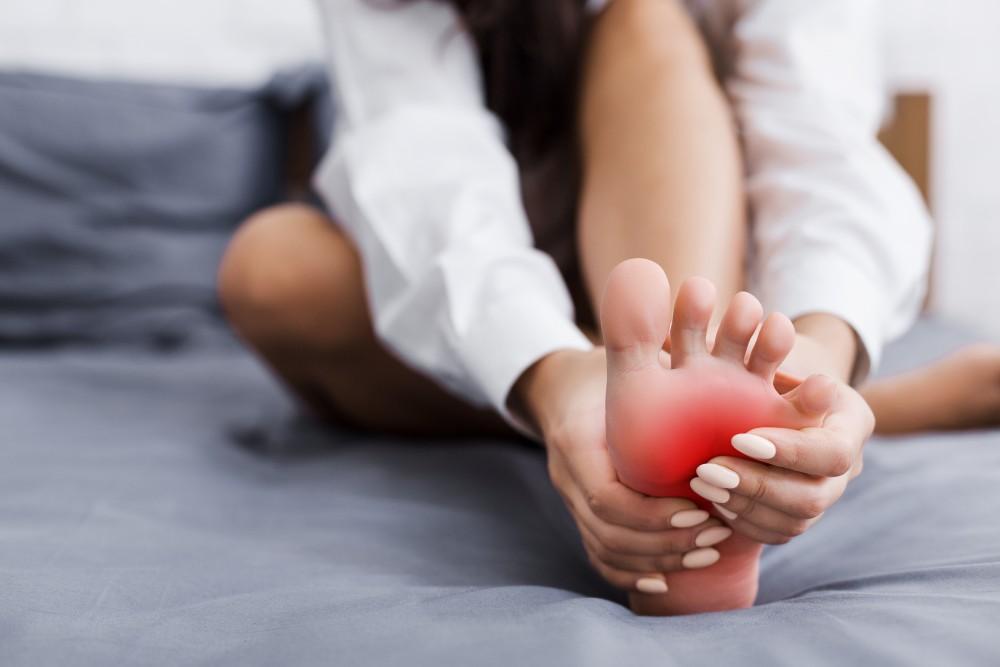
How Does Vascular Testing for PAD Work?

It’s hard to emphasize how important efficient blood flow is. Proper flow allows your body to continue getting all-important blood and oxygen.
Just a few of the important functions of your circulatory system include keeping your heart pumping, helping your immune system perform at its peak, and ensuring your brain stays on point.
A concern for many — about 10 million in the United States alone — is a condition called peripheral artery disease (PAD). PAD causes your arteries to narrow, which hinders blood flow to your arms and legs. PAD poses serious risks, so early treatment is essential.
Fortunately, the expert podiatry team at Premier Foot & Ankle diagnoses and treats PAD so you can enjoy restored circulation and a better quality of life, and we’re eager to help.
The serious risks PAD presents
Because we noted some crucial functions facilitated by good blood flow, you’ve probably already concluded that PAD can cause worrisome problems. You’re right. They include:
- Stroke
- Heart Attack
- Critical limb ischemia, when an injury causes tissue death and can lead to amputation
Symptoms that point to PAD are foot, hand, or finger pain, swelling, tingling, burning, or numbness, shininess to your skin, pale or bluish legs, feet, toes, hands, and fingers, and leg or arm cramping. Male patients may experience erectile dysfunction (ED).
If PAD affects your lower extremities, you may notice hair loss on your leg or foot, toenail irregularities, and your leg and or foot might feel cold. Ulcers can also develop, leading to gangrene (tissue death) and amputation.
PAD risk factors you can do something about by making healthier lifestyle choices include obesity, smoking, high blood pressure, and high cholesterol. Diabetes is also a strong risk factor, so make sure yours is well-managed and that you get tested regularly for PAD.
Non-modifiable risk factors include getting older and having a family history of PAD. Talk to your doctor about your risk if your family members are living with PAD or you’re over 50.
Knowledge is power when it comes to PAD
Testing for PAD is the crucial first step, and we’re happy to offer sophisticated, noninvasive testing at Premier Foot & Ankle through our PADnet screening system.
When you’re tested, we apply cuffs that work in concert with a computer to record your blood pressure. The computer then determines your Ankle-Brachial Index (ABI), or a comparison of the blood pressure in your ankle with the blood pressure in your arm.
If your ABI reading is low, this points to the possibility of arterial narrowing or blockage in your legs.
This noninvasive, quick, and comfortable testing method also provides your doctor with blood pressure and flow data from your legs through Pulse Volume Recording (PVR) waveforms (a type of ultrasound testing).
It can pinpoint where a blockage might be, and in addition to helping your doctor diagnose PAD, the information from this test also helps them monitor your condition.
Getting tested for PAD can make the difference between developing a host of serious conditions and avoiding them. It’s also a key to sustaining and extending the active lifestyle you’re enjoying today.
If any of the symptoms we’ve mentioned sound familiar, contact one of our five convenient Texas locations today to schedule an appointment to get tested. Call us or book online.
You Might Also Enjoy...


5 Signs Your Foot Injury Won’t Heal Without Professional Help

The Real Recovery Timeline After Ingrown Toenail Surgery

Back-to-School Sports and Achilles Injuries: Prevention Tips That Matter

Is Your Foot Pain Coming Back? Why EPAT Therapy Might Be Your Answer


